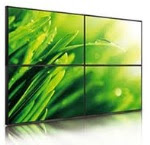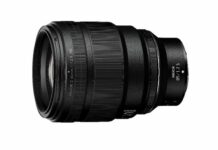It can be seen from the racks of light bulbs on display at your local DIY store that the world is going LED mad. Light Emitting Diodes (LEDs) have been around for some time but it’s only in recent years that they have been adopted by the mass market as a successful way of providing light around the home.
LED lighting is primarily used for two reasons – illumination and lighting effects
Illumination
Most illumination calls for the use of white light, but due to its chemical make up an LED can only produce a specific colour within the spectrum of light. This is because an LED is actually a polarised semiconductor and it’s the electron energy within the semiconductor which is converted to light as the electrons flow from one state to another. And it’s the energy produced by these electrons which determines the wavelength and hence the colour of the light emitted.
There are two common ways of getting an LED to produce the effect of white light. These are:
Additive mixing
Mixing additives into the red, green and blue primary colours can give the effect of producing white light. However this technology is in its early phases and the white light produced isn’t always very even in intensity.
Phosphor
The more popular method of getting a ‘white’ light is using a blue LED which is coated with a white phosphor layer. The blue light is thus transferred through the phosphor, emitting white light when it exits the layer. The problem with this technology is that phosphor may degrade, which then has the potential to reduce the light quality.
Effect lighting
Effect lighting uses the LEDs’ primary colours, and more importantly the intensity of their emitted light, to display a wide variety of colours. Using pulse width modulation and the invention of Blue LED by Nichia in 1993, full colour mixing is achievable. This makes using LED screens and displays practicable as it’s now possible to produce high resolution images even over low intensity ranges.
There are a number of benefits of LED lighting:
- No UV component to the light output.
- Little heat produced thus little energy wastage
- Low power consumption
- Long LED life compared to conventional filament lamps
In comparison to cold cathode fluorescent tubes LED panels also have a number of benefits:
- Low power consumption
- Mo mercury content
- Low IR signature
- A ‘truer’ white display
- Low voltage requirement
- Solid state technology
- No inverter required
- Longer life
Jason Truelove wrote this article about the benefits of LED on behalf of www.signaxled.com.









